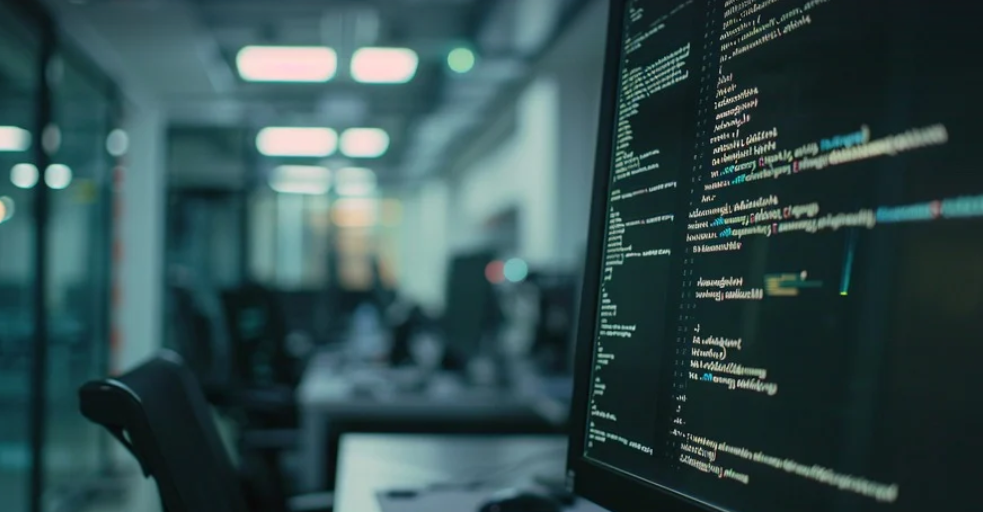What are blue bags, and why do they matter?
Blue garbage bags are a staple in many recycling programs around the world. But what exactly are these special bags and why do we use them for recycling?
Recycling isn’t just about throwing things into a bin; it’s about sorting, separating, and processing materials to create new products. Blue bags play a crucial role as they provide a clear visual cue indicating recyclable items within the broader context of waste management.
These bags are typically used for a specific category of recyclables – often plastics like packaging and containers. This helps us separate these materials from other non-recyclable trash, which ensures that only truly reusable products make their way back into the supply chain.
Think about your everyday life: every time you’re buying food or household items in a plastic container, you’re likely contributing to this system. These containers are often made from recyclable materials like polyethylene terephthalate (PET), high-density polyethylene (HDPE) and polypropylene (PP). These plastics require specific handling and sorting for their recycling process.
Why are the blue bags so important?
The use of blue bags goes beyond just visual cues; it is a powerful tool in promoting effective waste management. Here’s why:
**1. Clarity & Efficiency:** One of the primary reasons for using blue bags is their visual clarity. When placed next to other types of garbage, they instantly signal that these items fall within the recycling realm.
**2. Standardization:** The consistent use of blue bags across communities and cities helps establish a standardized process for sorting waste at collection centers. This ensures less confusion for waste handlers and optimizes their efficiency in processing recyclables.
**3. Transparency & Accountability:** Blue bags contribute to transparency within recycling programs. They allow citizens, businesses, and communities to understand exactly what can be recycled and how they should dispose of various materials.
**4. Fostering Recycling Habits:** The presence of blue bags serves as a visual reminder that consumers are required to separate their waste properly and are incentivized to contribute towards a more sustainable future.
How do you use the blue bags for recycling?
Utilizing a blue bag for recycling is fairly simple, but it requires a little bit of understanding.
**1. Check Your Local Guidelines:** Every municipality may have specific guidelines regarding what type of plastics can be recycled in blue bags, so checking with local waste management officials or your city’s website is essential to ensure accurate sorting.
**2. Separate and Sort:** When collecting recyclables from your home or workspace, focus on separating them into separate containers:
* **Rigid Plastics:** Bottles, jugs, tubs – these are often made of PET, HDPE, PP, and sometimes PVC. * **Paper/Cardboard:** Food boxes, cereal boxes, paper bags, cardboard tubes – these should be placed in their dedicated recycling bins or containers.
**3. Look for Specific Symbols:** Some blue bag labels may include a number or symbol indicating the type and grade of plastic to be recycled. It’s good practice to look for these symbols on your packaging.
**4. Avoid Mixing:** The more you can separate items, the better for recycling, as it reduces contamination issues. Don’t mix recyclables with non-recyclables – this will make the sorting process more complex and might even result in rejected materials from collection centers.
Beyond Blue: A World of Recycling Options
The journey toward sustainable practices goes beyond just blue recycling bags.
**1. Composting:** For organic waste like food scraps, yard debris, and paper products, composting is a great option to create nutrient-rich soil for your garden or plant life.
**2. Repurposing & Reuse:** The practice of repurposing and reusing items is gaining popularity as an eco-friendly alternative. Before throwing something away, consider if it can be used in creative ways – from making cleaning products using old bottles to turning jars into storage containers.
**3. Recovering Materials:** When possible, try to source your materials for everyday use from recycled products like clothing, furniture, and building materials. By choosing these eco-friendly options you are opting for a sustainable future while reducing our dependence on virgin resources.
Recycling is a multifaceted process that involves more than just the familiar blue bags. We’re all playing a role in shaping a more sustainable future by embracing mindful waste management practices and exploring creative ways to reduce, reuse, and recycle.
**Remember:** It’s not about perfection; it’s about progress! Every effort counts when it comes to protecting our planet.
